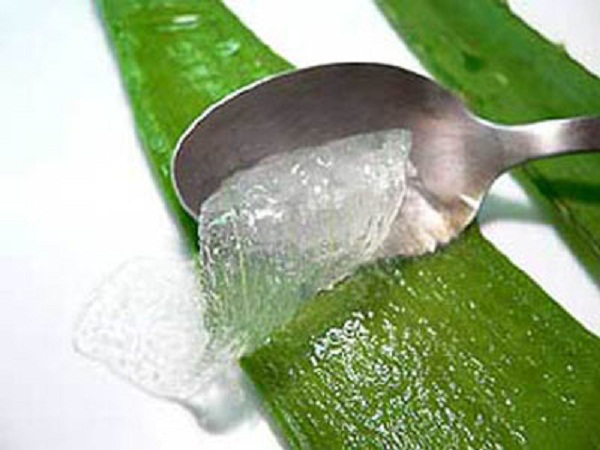Antipyretic, purgative, Stomach tonic.
- Chronic constipation or constipation due to Heat accumulation, with
MercuryII
Sulphide- Zhu sha.
[3]
- Heat in the Liver channel with epigastric pain, dizziness, headache, and irritability,
with herbs that drain Damp Heat such as
Gentiana
scabra- Long dan cao and
Scutellaria
baicalensis- Huang qin.
[3]
[1] A Complete English Dictionary of Medicinal Terms in Chinese
Acupuncture and Herbalism 1981- Henry Lu Chinese Foundations of Natural Health-
The Academy of Oriental Heritage, Vancouver, Canada.
[2] Translation notes from Gary Seiford and Hocu Huhn- NSW College of Natural
Therapies. Sydney Australia (1982).
[3] Chinese Herbal Medicine Materia Medica- Dan Bensky and Andrew Gamble- Eastland
Press 1986 Seattle Washington ISBN 0-939616-15-7
[4]
Chinese Medicinal Herbs- Beatrice Bliss (1973) Compiled
by Li Shi- Chen. Translated and Researched by F. Porter Smith and G. A. Stuart.
Geogetown Press, San FranciscoISBN 0 914558005
Images
1.
miracle-plant-aloe-vera.com
2.
healthcuretips.com
3.
www.vwmin.org Anthraquinone glycosides, up to 25%. Free
aloe emodin in small amounts. Chromones. Resins.[1]
Gel: Polysaccharides, mainly glucomannins. Aloin.[4]
Anthraquinone glycosides.[2] Glycoproteins.[3]
Sterols, saponins and organic acids.[2]
p-coumaric acid, glucose, aldopentose, calcium oxalate.[4]
References
[1] Herbal Materia Medica Course Notes For Diploma of Naturopathy and Diploma
of Herbalism Students by Lydia Mottram.
[2] Pharmacognosy, 12th Ed. Trease, G. E. and Evans, W. C. Pub. Bailliere Tindall
(1983) UK.
[3] Encyclopedia of Common Natural Ingredients used in food, drugs and cosmetics.
Leung, Albert Y. Pub John Wiely & Sons Inc. (1980) NY.
[4] Chinese Herbal Medicine Materia Medica- Dan Bensky and Andrew Gamble- Eastland
Press 1986 Seattle Washington ISBN 0-939616-15-7
 Aloe vera, A. ferox 芦
荟
Lú
huì Aloes Family:
Liliaceae
Aloe vera, A. ferox 芦
荟
Lú
huì Aloes Family:
Liliaceae

